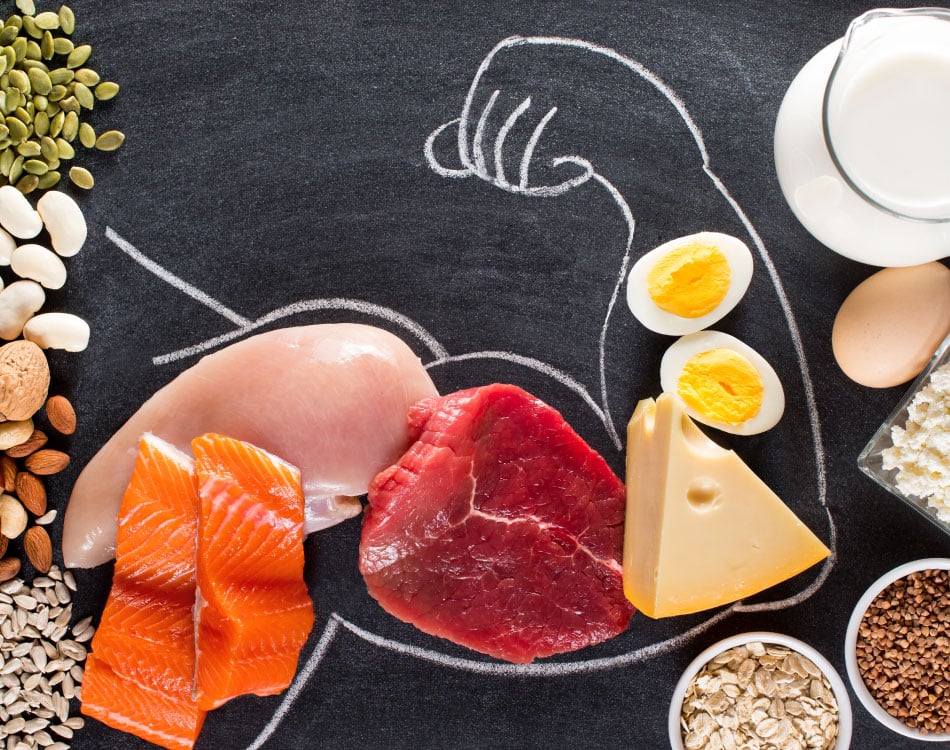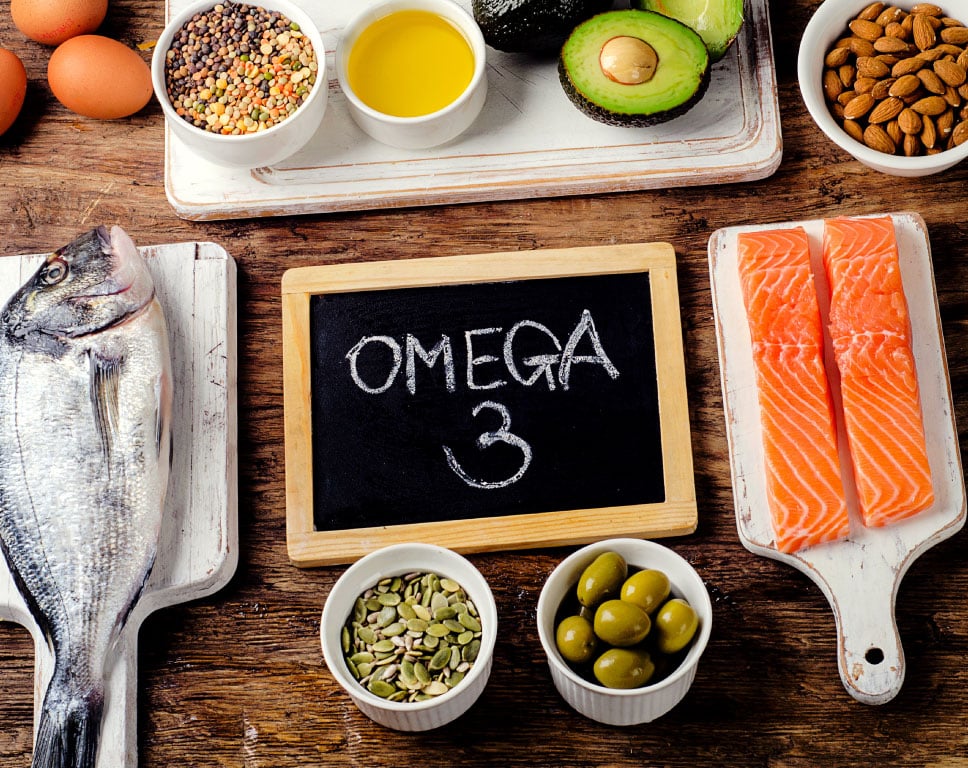If you’ve ever tried to lose weight before, you’ve undoubtedly heard of the 500-calorie-a-day deficit rule. We show you how this popular piece of conventional weight-loss wisdom may be holding you back.
It is a theory based on the concept of energy balance, one where all calories are considered equal, which states that a 3,500-calorie deficit is needed to lose one pound (0.45kg) of body weight.
This theory first gained traction in 1958 when Dr Max Washnofsky wrote a paper in the American Journal of Clinical Nutrition that concluded that “3,500 calories is the caloric value of one pound of body weight lost.”
It has since been the basis of conventional weight-loss wisdom for some five decades and gave rise to the 500-calorie-a-day-deficit guideline as it neatly broke that ‘magical’ figure of 3,500 into seven – seven days in a week to deliver sustainable, healthy weight loss of up to 0.45kg a week, and 2kg a month.
Weight loss is a complex process
We now know that there are faults with this theory, the most notable of which is the assumption that weight loss will continue in a linear fashion over time.
This basically suggests that if you keep creating a 500-calorie-a-day deficit and you’ll lose weight indefinitely, right? Well, not quite.
You see, the body doesn’t operate in such a simplistic manner. It is very dynamic, and a change in one part of a system always results in changes in other parts.
READ MORE: The scientific support for intermittent fasting grows
The dynamics of weight loss
To gain a deeper understanding of weight loss dynamics, you need to first understand all the various factors at play, all of which influence your ability to burn ingested and stored energy for energy during daily activity or exercise, and the rate at which it is metabolised.
The factors that affect your metabolism and therefore influence your ability to effectively lose weight and keep it off:
- Your current weight
- Your current body composition (fat vs. muscle mass)
- Your hormonal balance
- Enzyme function
- The composition of your gut bacteria
- Your current nutritional status
- Your daily activity levels and the intensity of that activity, and
- The diet composition.
The survival response
And then there is our body’s innate survival mechanism, which is constantly at odds with our attempts to shed excess weight. When a person restricts calorie intake and increases energy expenditure to create a 500-calorie deficit (or more), their body perceives this reduced availability of energy as a threat of possible starvation and acts to ensure survival.
The various hormonally-driven processes that ensue effectively lower your daily metabolic rate through a process known as a metabolic adaptation or adaptive thermogenesis.
These include an increase in mitochondrial efficiency – the little structures found in muscle cells that produce energy – which effectively means we’re able to burn fewer calories to meet our daily energy requirements.
This happens in association with an increase in the production and release of hormones that promote tissue breakdown (including muscle breakdown), and hunger, and a decrease in hormones that promote tissue growth, energy expenditure, and satiety.
So, this survival response is not ideal considering the above.
Diminishing returns – you’re heading for a weight loss plateau.
As a result, a daily deficit of 500 calories produces slightly less of an effect on each subsequent day of your diet. While the impact of this diminishing effect is negligible at first, the more weight we lose, the greater this response becomes.
It’s the reason why many people lose a significant amount of weight initially, especially obese individuals, but then plateau.
The impact of this metabolic adaptation is so profound that over a 12-month period you can only expect to lose 50% of the weight that the 3,500-calorie rule estimates.
This effectively means that at that point you would then need to create a 7,000-calorie deficit each week to lose the same amount of weight that was achieved in the initial stages of a diet, which is extreme, unsustainable and downright unhealthy.
While the math can become quite complicated and the law of individual difference (and the resultant individualised response) dictates that this won’t be the same for everyone, the general consensus is that the longer you diet, the greater the calorie deficit will need to be to keep seeing the same degree of results.
READ MORE: Fire up your workout
The stages of weight loss
It is important to distinguish between different stages of weight loss and regularly adjust your calorie intake to conform to your new weight, ever-changing metabolic rate due to a change in body composition, and shifts in your hormonal profile, among others.
You’ll need to calculate the calorie intake you’ll need to reach your goal in a specified timeframe, taking into account the metabolic adaptations that occur over that time.
More importantly, though, once you achieve your goal weight, it is essential that you do not return to the level of calorie intake you needed to maintain your initial weight – the weight at which you started your transformation.
This is because, when you lose weight, your basal, or resting metabolic rate decreases. You’ll, therefore, need to consume fewer calories to maintain your new weight than you did at your previous weight. For many dieters, returning to ‘maintenance’ levels after a successful diet often fails to acknowledge this fact and therefore often results in rebound weight gain.
Taking all these factors into account, it is clear that a diet strategy cannot be static, and that a dynamic approach is more suited.
This could include a combination of dietary manipulation tools such as macronutrient cycling (variable days of higher carb or higher fat intakes), carb backloading, reverse dieting or intermittent fasting.
These approaches work with your metabolism’s natural response to achieve your goal weight, and then maintain it when you get there.
READ MORE: All you need to know about carb cycling















